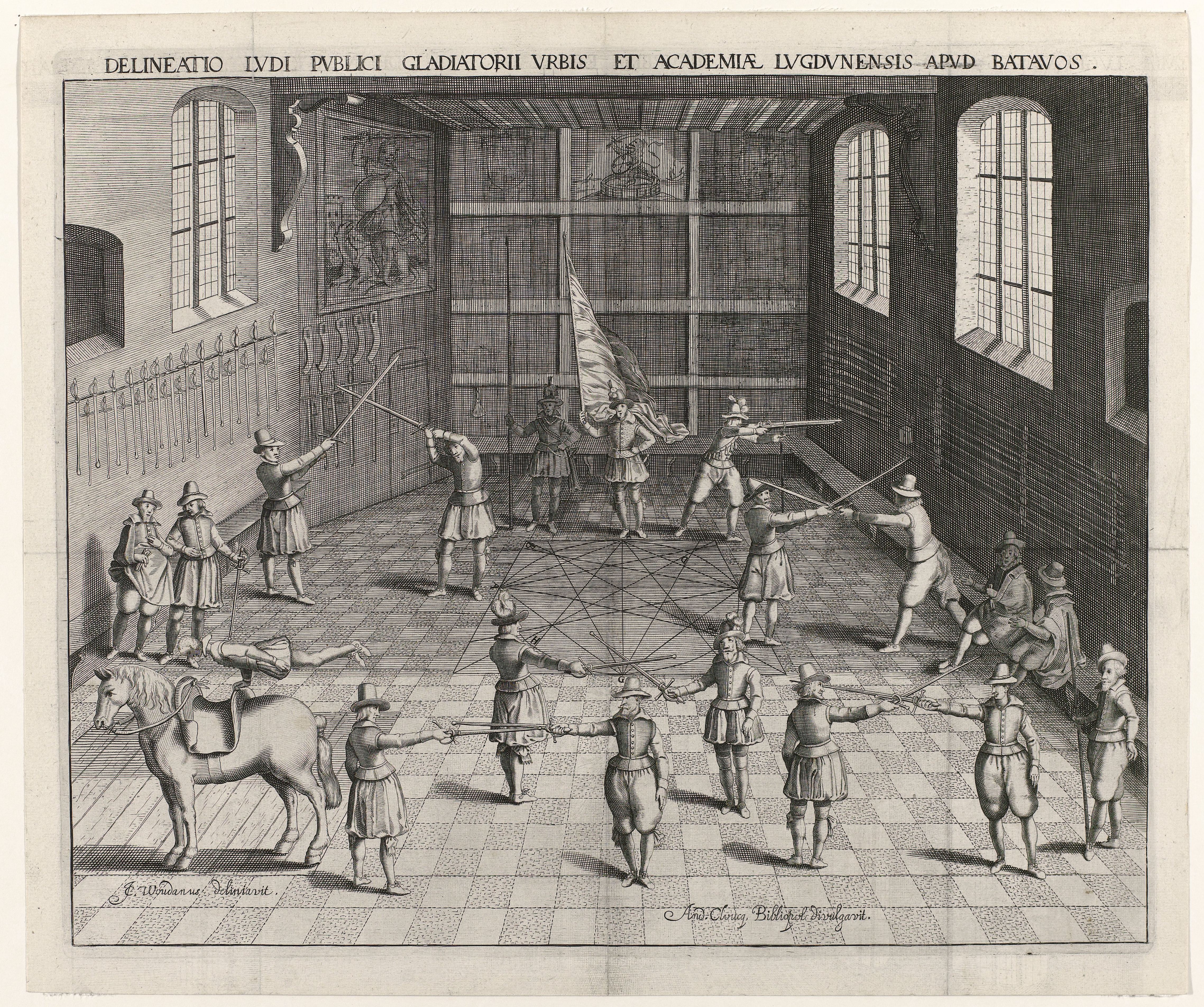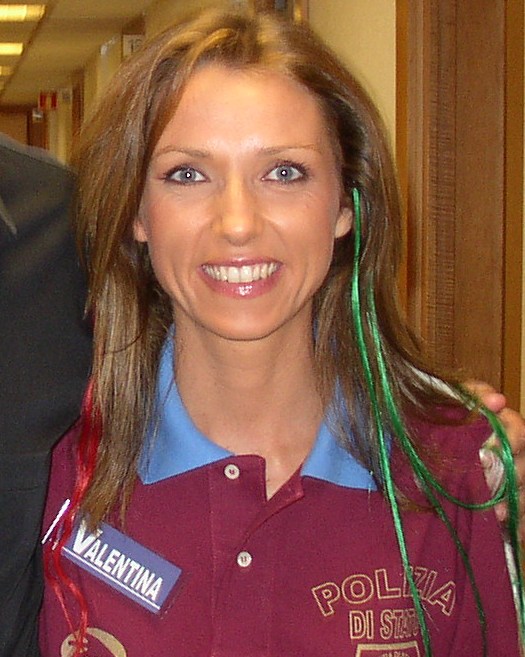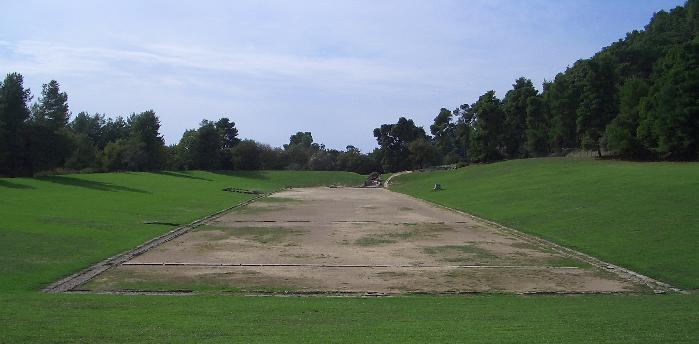|
Italian Fencing Federation
The Italian Fencing Federation (, FIS) is the national governing body for the fencing sport in Italy. The FIS is currently based in Rome. The FIS was founded in 1909 and was one of the nine founding nations of The Fédération Internationale d'Escrime (FIE) in 1913. The FIS has in total achieved 219 metals at Euro Championships, 319 medals at the World Championships and 123 Olympic medals. FIS is funded mainly by sponsors among which are Kinder. Ruling body The Italian Fencing Federation has been overseen by PresidenGiorgio Scarsosince 2001. The two VPs are Vice President Paolo Azzi and Vice President Giampiero Pastore. Alberto Ancarani, Other board members are Giuseppe Cafiero, Renato Buratti, Luigi Campofreda, Vincenzo De Bartolomeo, Salvatore Lauria, and Elisa Uga. The ruling body oversees 273 clubs within Italy. The regulating body is responsible for organizing all tournaments in Italy, enforcing rules set by both itself and the FIE. and reaching out to other nations to expa ... [...More Info...] [...Related Items...] OR: [Wikipedia] [Google] [Baidu] |
Fencing Pictogram
Fencing is a combat sport that features sword fighting. It consists of three primary disciplines: Foil (fencing), foil, épée, and Sabre (fencing), sabre (also spelled ''saber''), each with its own blade and set of rules. Most competitive fencers specialise in one of these disciplines. The modern sport gained prominence near the end of the 19th century, evolving from historical European swordsmanship. The Italian school of swordsmanship, Italian school altered the Historical European martial arts, historical European martial art of classical fencing, and the French school of fencing, French school later refined that system. Scoring points in a fencing competition is done by making contact with the opponent with one's sword. The 1904 Olympic Games featured a fourth discipline of fencing known as singlestick, but it was dropped after that year and is not a part of modern fencing. Competitive fencing was one of the first sports to be featured in the Olympics and, along with Athl ... [...More Info...] [...Related Items...] OR: [Wikipedia] [Google] [Baidu] |
World Fencing Championships
The World Fencing Championships is an annual competition in fencing organized by the International Fencing Federation. Contestants may participate in Foil (fencing), foil, épée, and Sabre (fencing), sabre events. History The FIE first organized an international fencing championship in Paris, France in 1921. The competition in its early years was named the European Championships (''Championnats d'Europe''), and the initial participants were members of the fencing federations of the FIE. In 1921, the only event was men's épée individual. In 1922 and 1923, men's sabre individual was also held. In 1925, only men's sabre individual was held. Since 1926, men's individual events have been held in all three weapons: épée, Foil (fencing), foil, and sabre. In 1929, women's foil was added to the program as well as a men's foil team event. Men's épée and sabre teams were added in 1930 and women's foil team in 1932. Women's épée individual and team events were added in 1988, and wom ... [...More Info...] [...Related Items...] OR: [Wikipedia] [Google] [Baidu] |
Sabre (fencing)
The sabre (US English: ''saber'', both pronounced ) is one of the three disciplines of modern fencing. The sabre weapon is for thrusting and cutting with both the cutting edge and the back of the blade (unlike the other modern fencing weapons, the épée and foil, where a touch is scored only using the point of the blade). The informal term ''sabre fencer'' is what they call a sabre fencers of both genders. Weapon "The blade, which must be of steel, is approximately rectangular in section. The maximum length of the blade is . The minimum width of the blade, which must be at the button, is ; its thickness, also immediately below the button, must be at least ." The cross-sectional profile of the sabre blade is commonly a V-shaped base which transitions to a flat rectangular shaped end with most blade variants, but this is dependent on how it is manufactured. This allows the blade to be flexible towards the end. According to regulation, manufacturers must acknowledge that the bl ... [...More Info...] [...Related Items...] OR: [Wikipedia] [Google] [Baidu] |
Foil (fencing)
A foil is one of the three weapons used in the sport of fencing. It is a flexible sword of total length or under, rectangular in cross section, weighing under , with a blunt tip. As with the épée, points are only scored by making contact with the tip. The foil is the most commonly used weapon in fencing. Non-electric and electric foils Background There are two types of foil used in modern fencing. Both types are made with the same basic parts: the pommel, grip, guard, and blade. The difference between them is one is electric, and the other is known as "steam" or "dry". The blades of both varieties are capped with a plastic or rubber piece, with a button at the tip in electric blades, that provides information when the blade tip touches the opponent. (There are also a range of plastic swords made by varying manufacturers for use by juniors.) Lacking the button and associated electrical mechanism, a judge is required to determine the scoring and the victor in a tournament wi ... [...More Info...] [...Related Items...] OR: [Wikipedia] [Google] [Baidu] |
Bronze Medal Icon
Bronze is an alloy consisting primarily of copper, commonly with about 12–12.5% tin and often with the addition of other metals (including aluminium, manganese, nickel, or zinc) and sometimes non-metals (such as phosphorus) or metalloids (such as arsenic or silicon). These additions produce a range of alloys some of which are harder than copper alone or have other useful properties, such as ultimate tensile strength, strength, ductility, or machinability. The three-age system, archaeological period during which bronze was the hardest metal in widespread use is known as the Bronze Age. The beginning of the Bronze Age in western Eurasia is conventionally dated to the mid-4th millennium BCE (~3500 BCE), and to the early 2nd millennium BCE in China; elsewhere it gradually spread across regions. The Bronze Age was followed by the Iron Age, which started about 1300 BCE and reaching most of Eurasia by about 500 BCE, although bronze continued to be much more widely used than it is in ... [...More Info...] [...Related Items...] OR: [Wikipedia] [Google] [Baidu] |
Silver Medal Icon
Silver is a chemical element; it has symbol Ag () and atomic number 47. A soft, whitish-gray, lustrous transition metal, it exhibits the highest electrical conductivity, thermal conductivity, and reflectivity of any metal. Silver is found in the Earth's crust in the pure, free elemental form (" native silver"), as an alloy with gold and other metals, and in minerals such as argentite and chlorargyrite. Most silver is produced as a byproduct of copper, gold, lead, and zinc refining. Silver has long been valued as a precious metal. Silver metal is used in many bullion coins, sometimes alongside gold: while it is more abundant than gold, it is much less abundant as a native metal. Its purity is typically measured on a per-mille basis; a 94%-pure alloy is described as "0.940 fine". As one of the seven metals of antiquity, silver has had an enduring role in most human cultures. Other than in currency and as an investment medium (coins and bullion), silver is used in solar pan ... [...More Info...] [...Related Items...] OR: [Wikipedia] [Google] [Baidu] |
Gold Medal Icon
Gold is a chemical element; it has chemical symbol Au (from Latin ) and atomic number 79. In its pure form, it is a bright, slightly orange-yellow, dense, soft, malleable, and ductile metal. Chemically, gold is a transition metal, a group 11 element, and one of the noble metals. It is one of the least reactive chemical elements, being the second-lowest in the reactivity series. It is solid under standard conditions. Gold often occurs in free elemental (native state), as nuggets or grains, in rocks, veins, and alluvial deposits. It occurs in a solid solution series with the native element silver (as in electrum), naturally alloyed with other metals like copper and palladium, and mineral inclusions such as within pyrite. Less commonly, it occurs in minerals as gold compounds, often with tellurium ( gold tellurides). Gold is resistant to most acids, though it does dissolve in aqua regia (a mixture of nitric acid and hydrochloric acid), forming a soluble tetrachloroa ... [...More Info...] [...Related Items...] OR: [Wikipedia] [Google] [Baidu] |
European Fencing Championships
The European Fencing Championships is an annual top-level European fencing competition organized by the European Fencing Confederation. History The first competition bearing the name of "European Fencing Championships" was held in Paris in 1921. The International Fencing Federation (FIE) comprised only European federations at the time, with the exception of the United States. In 1936, on the 25th anniversary of the FIE and at the request of the Italian federation, the FIE congress decided to open the European Championships to all countries and granted retroactive recognition of the European Championships as World Championships. After 1937 the FIE focused on the organisation of the World Fencing Championships. Demand for European Championships appeared at the 1979 congress, but it was rejected on the ground that they would either belittle the World Championships or offer a poor fencing level. The question was put forth again the following year by the Yugoslav federation, with ... [...More Info...] [...Related Items...] OR: [Wikipedia] [Google] [Baidu] |
Fencing At The Summer Olympics
Fencing has been contested at every Summer Olympic Games since the birth of the modern Olympic movement at the 1896 Summer Olympics in Athens. There are three forms of Olympic fencing: *Foil — a light thrusting weapon; the valid target is restricted to the torso; double touches are not allowed. * Épée — a heavy thrusting weapon; the valid target area covers the entire body; double touches are allowed. *Sabre — a light cutting and thrusting weapon; the valid target area includes almost everything above the waist (excluding the back of the head and the hands); double touches are not allowed. Summary Events Men's Women's Past events * Men's foil, masters: 1896, 1900 * Men's singlestick: 1904 Only at the 1900 Summer Olympics: * Men's épée, masters * Men's sabre, masters * Men's épée, amateurs-masters Nations Numbers indicate the number of fencers each nation sent to that Olympics. Medal table ''Accurate as of the conclusion of the 2024 Summer ... [...More Info...] [...Related Items...] OR: [Wikipedia] [Google] [Baidu] |
Fencing
Fencing is a combat sport that features sword fighting. It consists of three primary disciplines: Foil (fencing), foil, épée, and Sabre (fencing), sabre (also spelled ''saber''), each with its own blade and set of rules. Most competitive fencers specialise in one of these disciplines. The modern sport gained prominence near the end of the 19th century, evolving from historical European swordsmanship. The Italian school of swordsmanship, Italian school altered the Historical European martial arts, historical European martial art of classical fencing, and the French school of fencing, French school later refined that system. Scoring points in a fencing competition is done by making contact with the opponent with one's sword. The 1904 Olympic Games featured a fourth discipline of fencing known as singlestick, but it was dropped after that year and is not a part of modern fencing. Competitive fencing was one of the first sports to be featured in the Olympics and, along with Athl ... [...More Info...] [...Related Items...] OR: [Wikipedia] [Google] [Baidu] |
Italy National Fencing Team
The Italy national fencing team represents Italy in International fencing competitions such as Olympic Games or World Fencing Championships. History The national Italian fencing team participated to all the Summer Olympics editions, from 1900 Summer Olympics, Paris 1900, 26 times on 28. Medal tables Olympic Games Medals by event Paris 1900 London 1908 Stockholm 1912 Antwerp 1920 Paris 1924 Los Angeles 1932 Berlin 1936 London 1948 Helsinki 1952 Melbourne 1956 Rome 1960 Tokyo 1964 Mexico City 1968 Munich 1972 Montreal 1976 Moscow 1980 Los Angeles 1984 Seoul 1988 Barcelona 1992 Atlanta 1996 Sydney 2000 Athens 2004 Beijing 2008 London 2012 Rio 2016 Tokyo 2020 Paris 2024 Multiple medalists Olympic Games The list refers to individual and team events and include men and women (in pink color), sorted by number of individual titles. World Championships The list refers to individual and team events and include men and women (in ... [...More Info...] [...Related Items...] OR: [Wikipedia] [Google] [Baidu] |
Olympic Games
The modern Olympic Games (Olympics; ) are the world's preeminent international Olympic sports, sporting events. They feature summer and winter sports competitions in which thousands of athletes from around the world participate in a Multi-sport event, variety of competitions. The Olympic Games, Open (sport), open to both amateur and professional athletes, involves more than 200 teams, each team representing a sovereign state or territory. By default, the Games generally substitute for any world championships during the year in which they take place (however, each class usually maintains its own records). The Olympics are staged every four years. Since 1994 Winter Olympics, 1994, they have alternated between the Summer Olympic Games, Summer and Winter Olympics every two years during the four-year Olympiad. Their creation was inspired by the ancient Olympic Games, held in Olympia, Greece, from the 8th century BC to the 4th century AD. Baron Pierre de Coubertin founded the Int ... [...More Info...] [...Related Items...] OR: [Wikipedia] [Google] [Baidu] |







